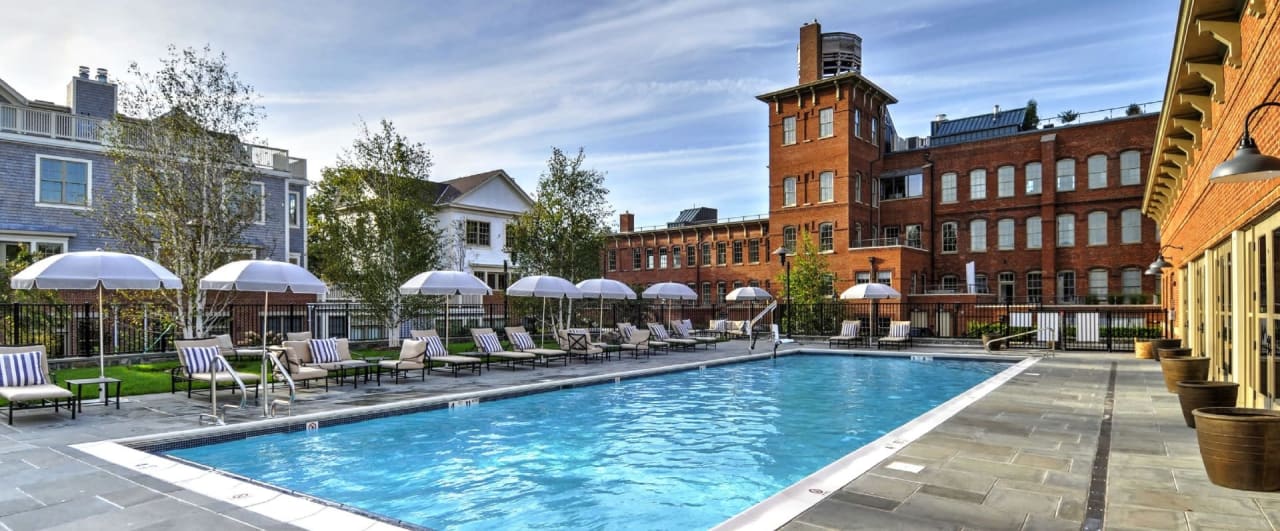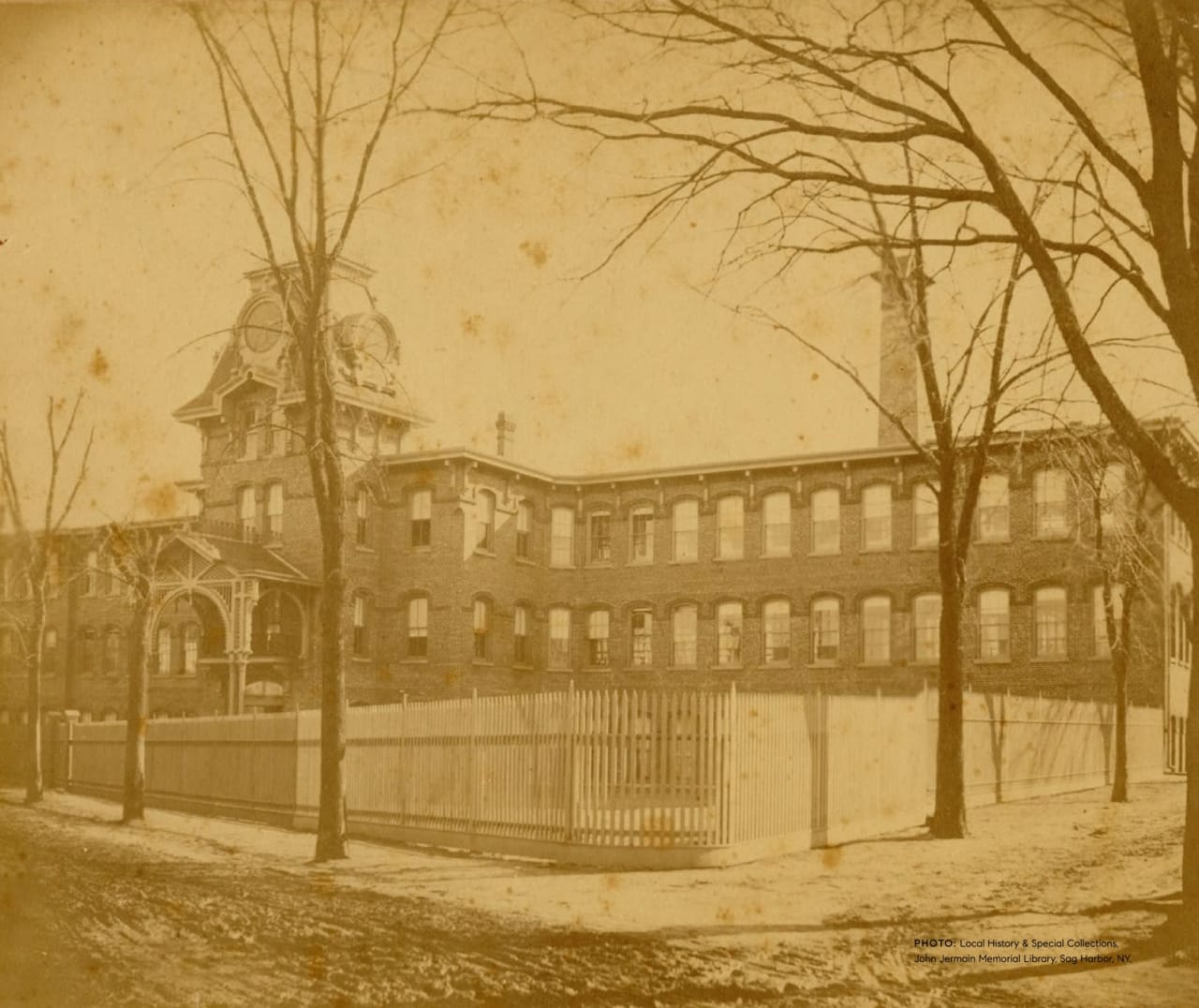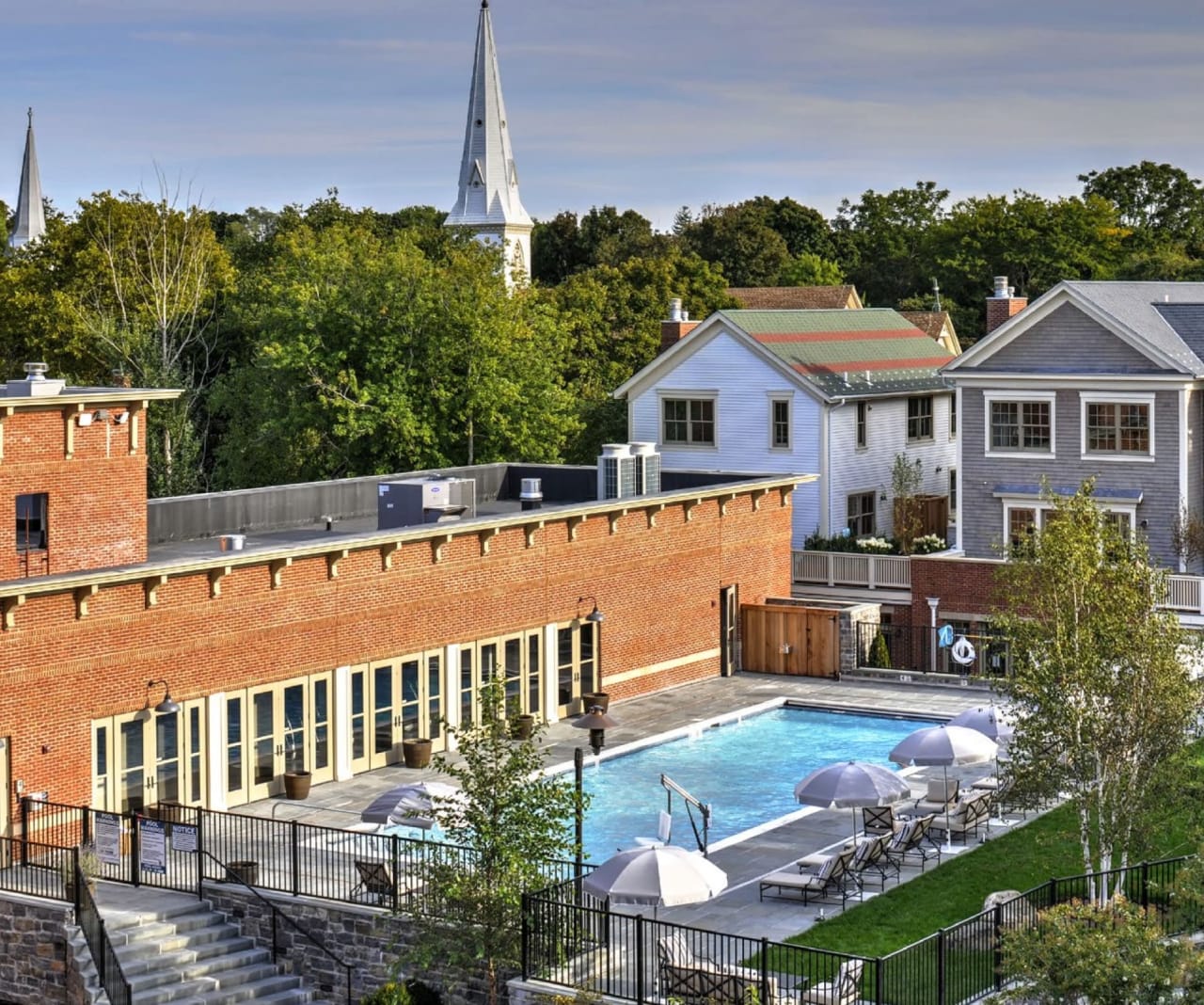Featured Properties
- previous
- next


The founder of the company, Joseph Fahys, emigrated from France to the United States in the 1840s. In 1857, Joseph Fahys started his company called Joseph Fahys & Co., with several watchcase producing companies in New York and New Jersey. Fahys relocated the original plant to Sag Harbor, Long Island. The business was officially incorporated in 1881, when Fahys went into partnership with his son-in-law, Henry Francis Cook. The watch plant in Sag Harbor was titled ‘The Fahys Watch Case Co.'
During this time, the company not only manufactured watchcases but was also the biggest producer of silverware in the United States. Fahys used his influence and success to found the Jewellers Board of Trade in 1884, and was the first president of the Watchcase Manufacturers Association. During the latter part of the 19th Century, the company was the largest manufacturer of gold and silver watch cases in the United States. Fahys’ watch factory in Sag Harbor created an immediate demand for manual as well as skilled labor. A large proportion of its laborers were retired seamen and immigrants.
Fahys employed a high number of Hungarian, Polish and Italian workers, many of whom were expert engravers. The company earned a reputation for providing excellent working conditions and benefits for its employees Under growing financial strain Fahys sold the Sag Harbor plant to Joseph Bulova, an Austrian watchmaker who continued to produce watchcases in the factory until 1975.
One short block from the charming and historic Main Street of Sag Harbor Village, Watchcase Sag Harbor is the transformation and restoration of a significant and historically rich 19th-century industrial building. Built and operated for almost 100 years as a watchcase factory, the site was reinvented as 63 meticulously crafted condominium residences, with its 19th-century architecture preserved with painstaking detail and repurposed into luxurious residential living spaces following best practices in green building. After the decline of the whaling industry in the mid-19th century, the factory played an important role in the development of Sag Harbor Village. To retain the spirit and authenticity of the original 1881 factory, Cape Advisors worked with Baldassano Architecture, an architectural conservator, local craftsmen, and Beyer Blinder Belle Architects, whose historic restoration experience includes Grand Central Terminal, Ellis Island Museum, The Morgan Library, and The United States Capitol. The project team focused on protecting the factory's historic integrity and respects its important position within the fabric of the Village.

Jack and Cee both come from service-oriented backgrounds- fashion and art- which gives them specialized tools for working with savvy clients and customers. This discerning eye for detail, quality and value produces excellent results and homeowner satisfaction.